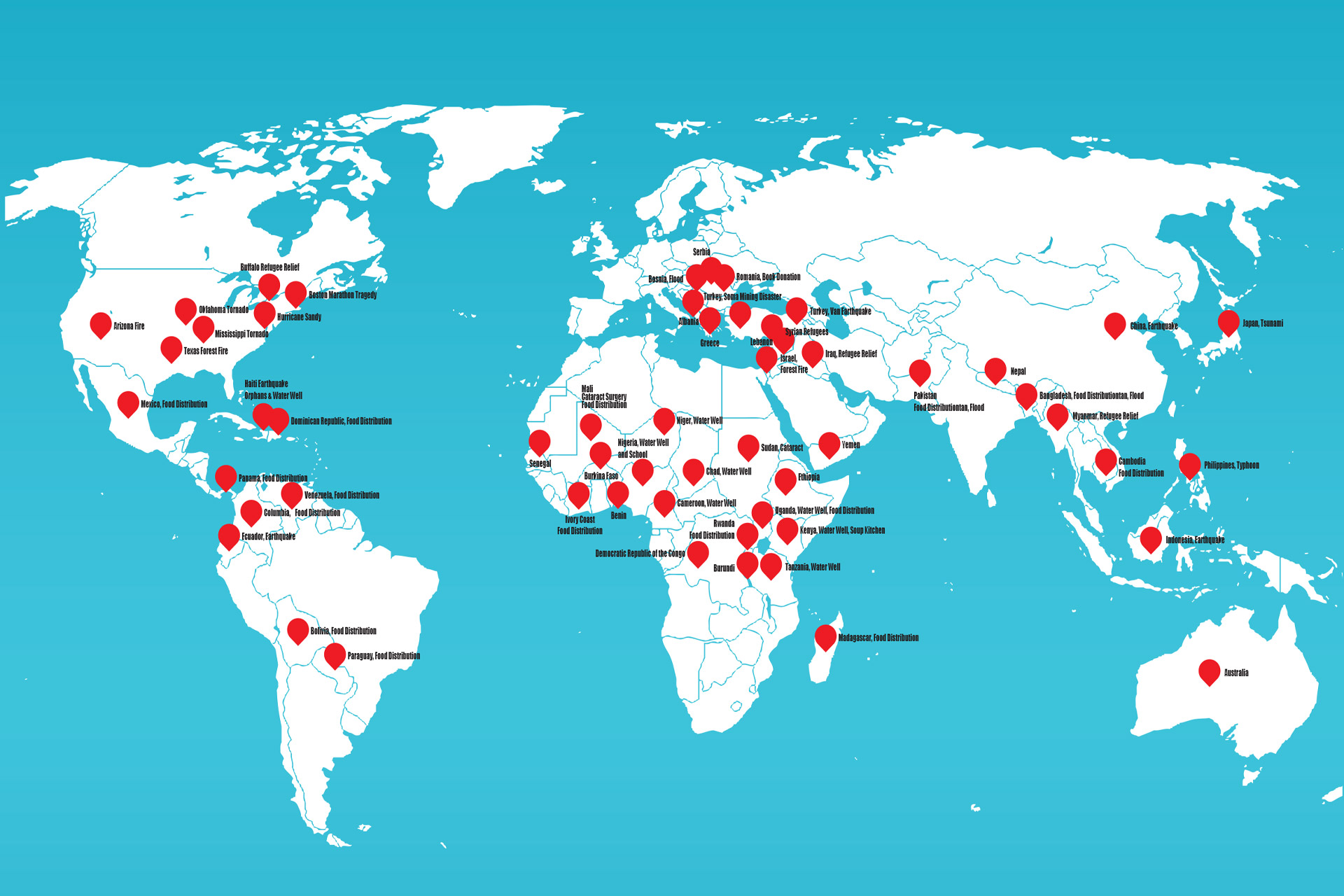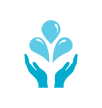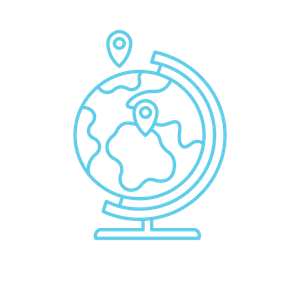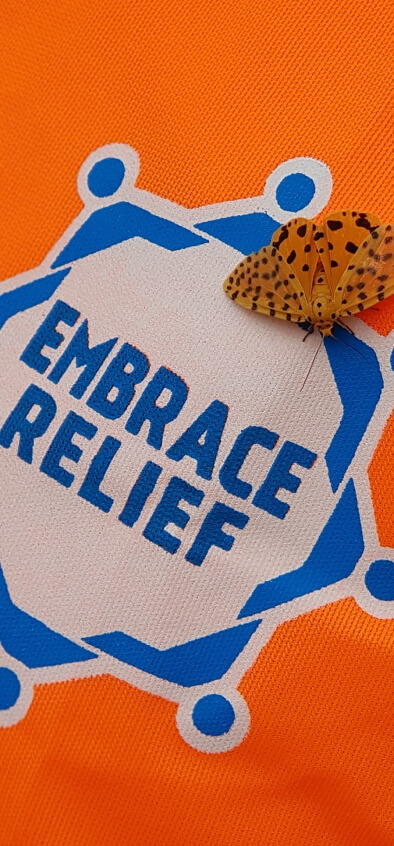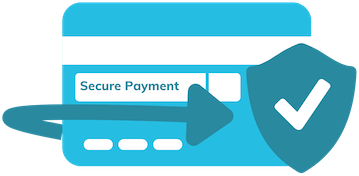Summary
- The UN Sustainable Development Goals (SDGs) and Agenda 2030 are broad frameworks for global cooperation towards making the world a more equitable, safer, and healthier place for future generations.
- Importantly, the 17 SDGs are not isolated from one another. We can see how they interact when we think about the “5 P’s” of sustainable development.
- Learn more about what the “5 P’s” are and how they can inspire us to collective action to meet humanity’s biggest challenges.
The United Nations Sustainable Development Goals (SDGs) serve as a blueprint for a better and more sustainable future for all. This blueprint can be sprawling and challenging to understand, as it includes 17 Goals and hundreds of measurable targets to determine progress.
But it is perhaps easier to understand how the SDGs work together when we think about the “Five P’s” of sustainable development: People, Planet, Prosperity, Peace, and Partnerships. Each “P” represents an overall theme that is fundamental when considering how we can make progress towards a more prosperous, healthier, and happier world, and each “P” is represented by multiple SDGs. In this way, we can see how closely related and interlocked each SDG is in achieving the outcomes envisioned by the UN’s Agenda 2030.
So, what are the “5 P’s”?
People:
At the core of the SDGs are the people, emphasizing the importance of social inclusion, equality, and human rights for all. This is the impetus for the SDGs which call for the eradication of poverty and hunger, the promotion of good health and well-being for all, and the achievement of quality education, gender equality, and access to clean water and sanitation. These goals work in tandem to create a world where everyone, regardless of their background or circumstances, can live a dignified life.
People-focused initiatives include reducing inequality within and among countries, promoting decent work and economic growth, ensuring access to affordable and clean energy, and fostering sustainable cities and communities. By prioritizing people, the SDGs aim to leave no one behind, uplifting the most vulnerable populations and empowering individuals to contribute meaningfully to society.
Planet:
The second “P” aspect underscores the urgency to protect our natural environment and address climate change. This is the impetus for SDGs calling for responsible consumption and production, climate action, conservation of biodiversity, sustainable management of forests and oceans, and efforts to combat desertification and land degradation. Preserving the planet’s resources and ecosystems is critical for current and future generations’ well-being.
Goals related to the planet focus on ensuring sustainable consumption patterns, taking urgent action to combat climate change and its impacts, protecting and restoring ecosystems, promoting sustainable use of marine resources, and conserving biodiversity. By safeguarding the planet, the SDGs aim to ensure a healthy and resilient environment that can sustain life.
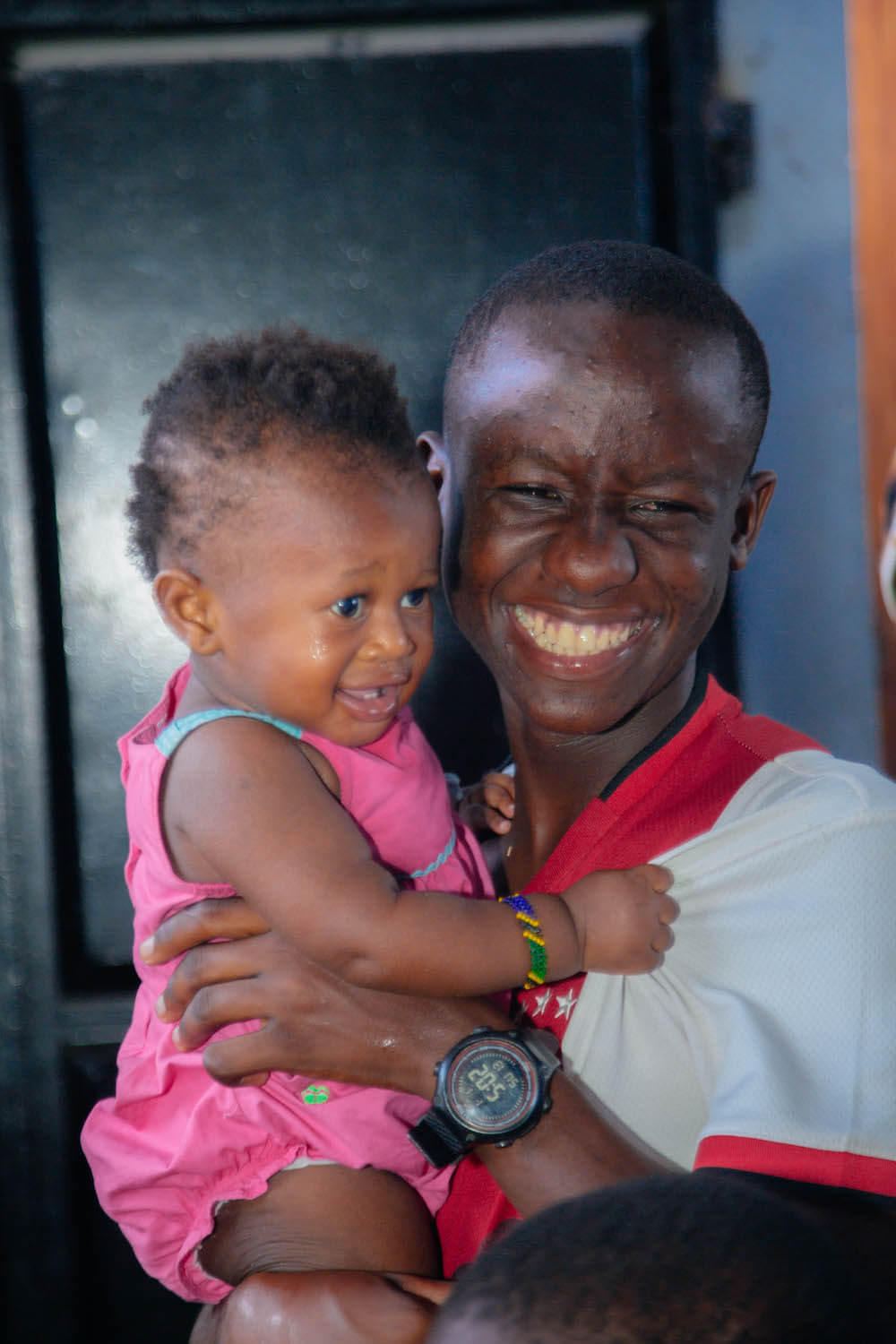
Prosperity
The third “P” encompasses economic growth, without compromising social and environmental sustainability. This is the impetus for inclusive and sustainable economic development that benefits everyone. This includes ensuring access to affordable and clean energy, promoting industrial innovation and infrastructure, fostering innovation and sustainable industrialization, and reducing inequalities within and among countries.
SDGs related to prosperity involve ending poverty in all its forms, promoting sustained, inclusive, and sustainable economic growth, ensuring sustainable consumption and production patterns, and building resilient infrastructure. Achieving prosperity under the SDGs means generating wealth and opportunities while preserving the planet’s resources for future generations.
Peace:
The fourth “P” is a prerequisite for sustainable development. It goes beyond the absence of conflict and encompasses building peaceful, just, and inclusive societies. This is the impetus for promoting peaceful and inclusive societies for sustainable development, providing access to justice for all, and building effective, accountable, and inclusive institutions at all levels.
Goals related to peace aim to reduce violence, end abuse, exploitation, trafficking, and all forms of violence against children. They also focus on promoting the rule of law at the national and international levels and ensuring responsive, inclusive, participatory, and representative decision-making at all levels. Peace is essential for fostering social cohesion, stability, and sustainable development.
Partnerships:
The fifth “P” is fundamental to achieving the SDGs. Collaboration among governments, business leaders, civil society organizations, academics, and other stakeholders is crucial for mobilizing resources, sharing knowledge, and implementing effective strategies. Each of the SDGs represents a complex challenge that will require global solidarity to overcome.
The significance of partnerships is enshrined in SDG 17. This goal encourages multi-stakeholder partnerships that mobilize and share knowledge, expertise, technology, and financial resources to support the achievement of the SDGs. Partnerships enable collective action, innovation, and the exchange of best practices, facilitating progress towards sustainable development.
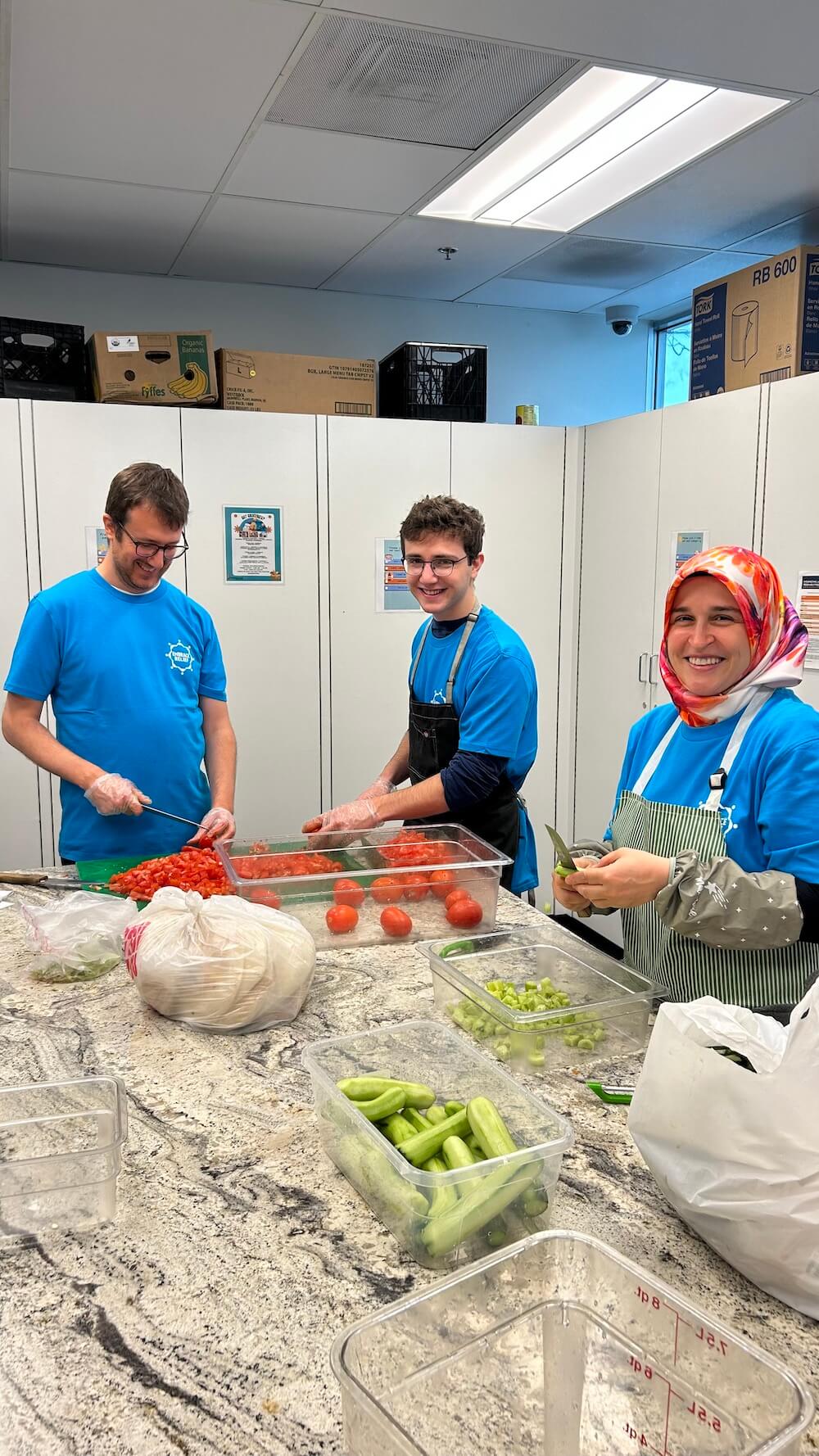
Conclusion
The “5 Ps” of the UN Sustainable Development Goals – People, Planet, Prosperity, Peace, and Partnerships – represent the foundation of Agenda 2030, an aspirational plan to build a more equal, more just, more sustainable and more prosperous world for future generations.
The “5 P” framework is helpful for understanding how each of the SDGs are intertwined together: meeting each goal will assist in achieving the others. They are a guide to a better world, which we can only manifest only through a comprehensive approach that incorporates each “P” into our collective actions.
Here at Embrace Relief, we strongly support the UN Sustainable Development Goals and Agenda 2030. As an accredited 501(c)(3) humanitarian relief organization, we have developed eight programs that address humanity’s greatest challenges, with an eye towards being part of the solution for a more sustainable future.
Click here to learn more about each of our eight humanitarian aid programs, or click here to learn about the role Embrace Relief plays in advancing the UN SDGs.
Donate to Embrace Relief
If you would like to support Embrace Relief’s mission of bringing humanitarian relief to the world’s most vulnerable, please consider a donation in the amount of your choosing below:
